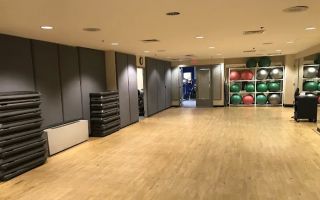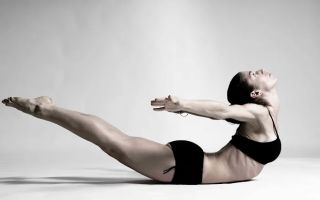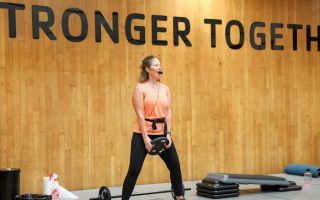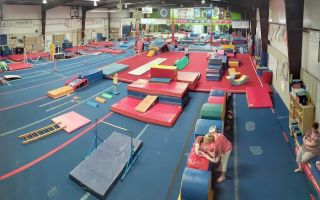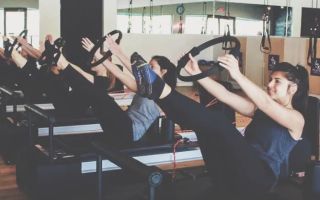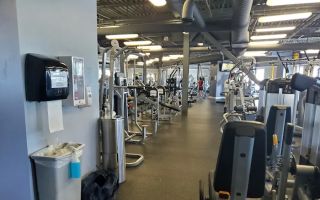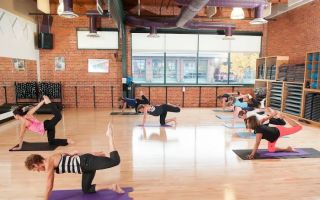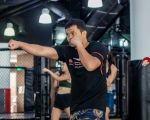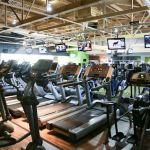Gym Training for Flexibility and Mobility: Enhancing Your Performance
- 1. Understanding Flexibility and Mobility
- 2. Why Flexibility and Mobility Matter for Fitness
- 3. Gym Exercises for Improving Flexibility and Mobility
- 4. Real-Life Examples of Improved Flexibility and Mobility
1. Understanding Flexibility and Mobility
Flexibility and mobility are often used interchangeably, but they refer to different aspects of movement. Flexibility is the ability of muscles to lengthen and allow movement at the joints, while mobility refers to the ability of a joint to move freely through its range of motion. Both are essential for overall fitness, injury prevention, and performance in physical activities.
Flexibility is particularly important for stretching muscles and improving posture, while mobility exercises focus on keeping joints healthy, strong, and capable of moving without restriction. Incorporating both into your training can greatly enhance your overall physical capabilities.
2. Why Flexibility and Mobility Matter for Fitness
Incorporating gym training for flexibility and mobility into your fitness routine provides a wide range of benefits, including:
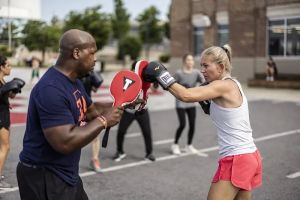
Under Armour Performance Center
11270 Pepper Rd, Hunt Valley, MD 21031, USA
1. Injury Prevention
Having adequate flexibility and mobility helps prevent injuries by ensuring that your muscles and joints can move properly without strain. For example, tight hamstrings can lead to muscle strains, while limited ankle mobility can result in sprains. Regular stretching and mobility exercises help maintain a healthy range of motion in key areas of your body.
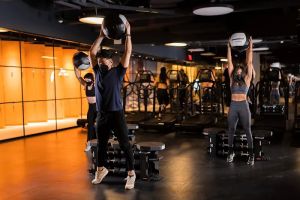
Performance Lab LIC
28-17 42nd Rd, Long Island City, NY 11101, USA
2. Better Performance
Whether you’re lifting weights, running, or engaging in sports, flexibility and mobility are key to achieving peak performance. Improved flexibility allows for more efficient movement, while greater mobility enhances your ability to perform exercises with proper form, reducing the risk of compensation injuries.
3. Enhanced Posture and Balance
Flexibility and mobility also contribute to better posture and balance. When your body can move freely and without restriction, it becomes easier to maintain good posture and prevent imbalances that could lead to discomfort or injury.
3. Gym Exercises for Improving Flexibility and Mobility
Incorporating the right exercises into your gym routine can significantly improve both flexibility and mobility. Here are some effective exercises to consider:
1. Dynamic Stretching
Dynamic stretching involves controlled movements that gently take your muscles and joints through their full range of motion. These stretches are particularly useful before a workout to warm up the body and improve flexibility. Examples include leg swings, arm circles, and torso twists.
2. Foam Rolling
Foam rolling, or self-myofascial release, helps release tightness in muscles and fascia, increasing both flexibility and mobility. Rolling out your muscles before or after a workout can alleviate tension, reduce muscle soreness, and enhance recovery.
3. Yoga and Pilates
Yoga and Pilates are excellent methods for improving flexibility and mobility. Many of the poses in yoga, such as downward dog and pigeon pose, open up the hips, shoulders, and spine, while Pilates emphasizes core strength and joint mobility. Both practices help to lengthen muscles and improve overall body movement.
4. Joint-Specific Mobility Drills
To enhance joint mobility, include exercises that focus on specific areas like the hips, shoulders, and ankles. For instance, hip circles, shoulder dislocations with a resistance band, and ankle dorsiflexion stretches are great ways to improve mobility in these key joints.
4. Real-Life Examples of Improved Flexibility and Mobility
Here are some examples of how incorporating flexibility and mobility training into your gym routine can lead to noticeable improvements:
1. Sarah’s Success with Yoga for Flexibility
Sarah, a marathon runner, struggled with tight hamstrings and hips. After incorporating yoga into her routine for a few months, she noticed a significant increase in her flexibility and a decrease in muscle stiffness. As a result, she was able to run longer distances with less discomfort and better posture.
2. John’s Increased Strength and Mobility
John, a weightlifter, had limited shoulder mobility, which impacted his overhead lifts. By adding mobility drills like shoulder dislocations and foam rolling into his training, he saw an improvement in his range of motion, allowing him to perform exercises more effectively and with better form. This not only reduced his risk of injury but also increased his lifting capacity.


